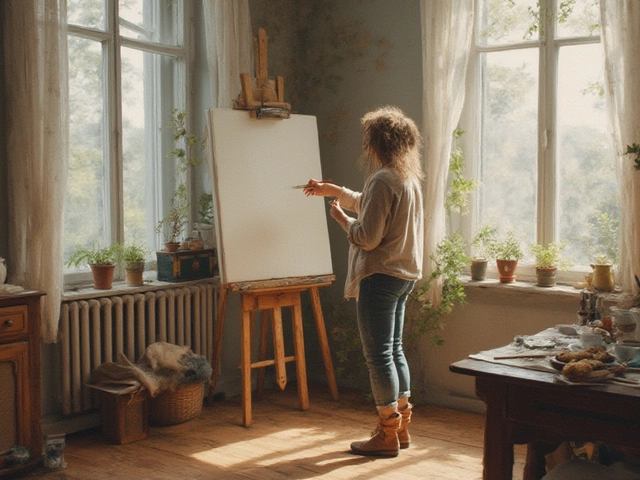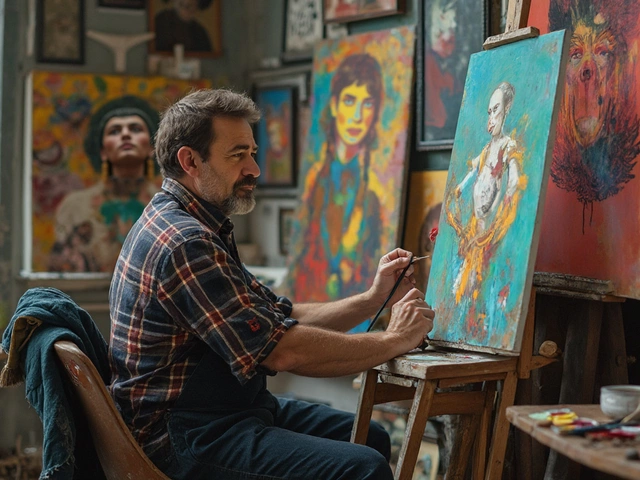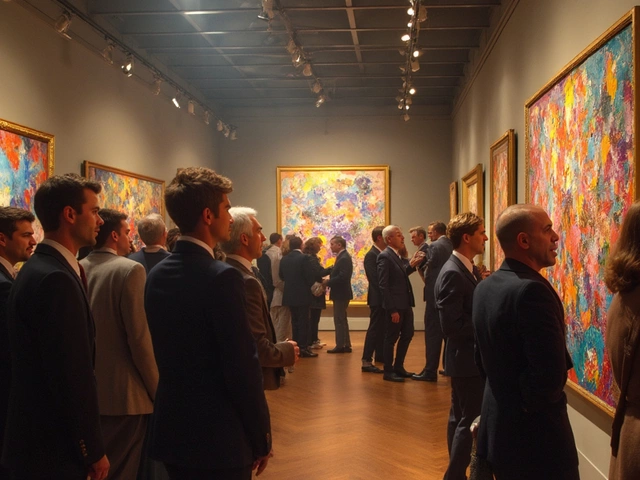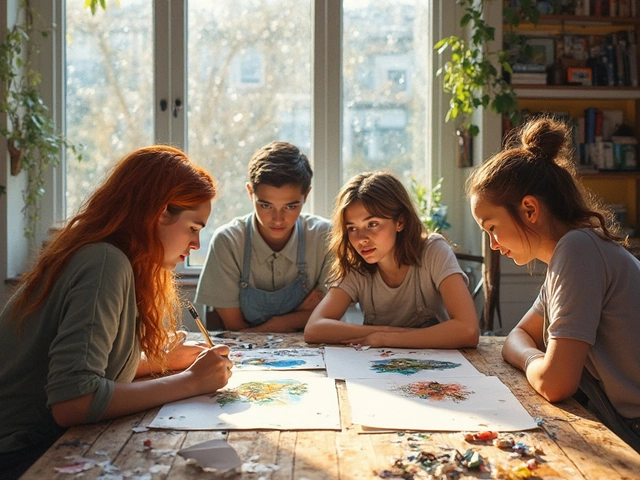Art Composition Essentials for Artists and Creators
When working with art composition, the arrangement of visual elements in a piece to guide the viewer’s eye and convey meaning. Also known as composition in art, it shapes how a painting, drawing, or digital image feels. It encompasses visual hierarchy (visual hierarchy, the order in which elements attract attention) and requires balance (balance, the distribution of visual weight across a composition). Color theory (color theory, how hues, saturation, and value affect perception) influences these decisions, making every artwork feel intentional.
Why art composition matters in today’s creative landscape
Artists in Pembrokeshire and beyond chase impact, and composition is the shortcut to that impact. A strong composition tells a story before a single brushstroke is examined. It helps beginners understand where to place focal points, while seasoned creators use it to experiment with tension and resolution. Modern trends—digital art, abstract pieces, and AI‑generated works—still rely on the same core principles. That’s why you’ll see posts about digital revenue streams, abstract rules, and modern art principles all tied back to the way elements sit on the canvas.
One practical way to test a composition is the “Golden Triangle” exercise: sketch a diagonal line, then add two intersecting lines to form three triangles. This simple check reveals if the visual hierarchy guides the eye fluidly. If the triangles feel cluttered, consider shifting weight or simplifying the color palette. The technique mirrors advice from our “Goya technique” article, where contrast and glazing create depth by managing light and dark zones.
Balance isn’t just symmetrical; it includes asymmetrical weight that still feels stable. Think of a lone tree on a bright sky balanced by a dark hill on the opposite side. This principle appears in our guide on “Four Essential Sculpture Techniques,” where carving and casting choices affect how a three‑dimensional piece settles in space. Whether you’re painting oil, sculpting stone, or designing a digital illustration, balance keeps the viewer from feeling lost.
Color theory adds another layer. Warm hues push forward, cool hues recede. Pairing complementary colors can create vibrancy, while analogous schemes bring harmony. In the “Making Money with Digital Art” post we discuss how strategic color choices boost sales on NFT platforms—showing that composition isn’t just artistic, it’s commercial. Applying a limited palette, for instance, can make a piece look cohesive and more marketable.
Beyond the basics, composition interacts with storytelling. A narrative composition uses leading lines, framing devices, and depth cues to guide the viewer through a plot visually. Our “Modern Art Principles Explained” article breaks down how movement and abstraction feed into that storytelling, while the “Abstract Art Rules” piece reveals hidden guidelines that prevent chaos from becoming noise.
Tools vary, but the mindset stays the same. Traditional artists reach for charcoal sketches to map out weight. Digital creators use layers and grids in software like Procreate or Photoshop. The “Convert Image to Digital Art” guide shows how to take a photo, isolate key shapes, and re‑compose it for impact. No matter the medium, the composition process starts with a clear intention, checks balance, defines hierarchy, and applies color wisely.
In the collection below you’ll find deep dives into each of these elements—how to start oil painting, cheat sheets for modern art, real‑world advice on monetizing digital work, and even explorations of abstract rules. Together they form a toolbox that helps you design, evaluate, and refine any artwork’s composition. Dive in and see how a stronger composition can elevate both your creative expression and your audience’s experience.
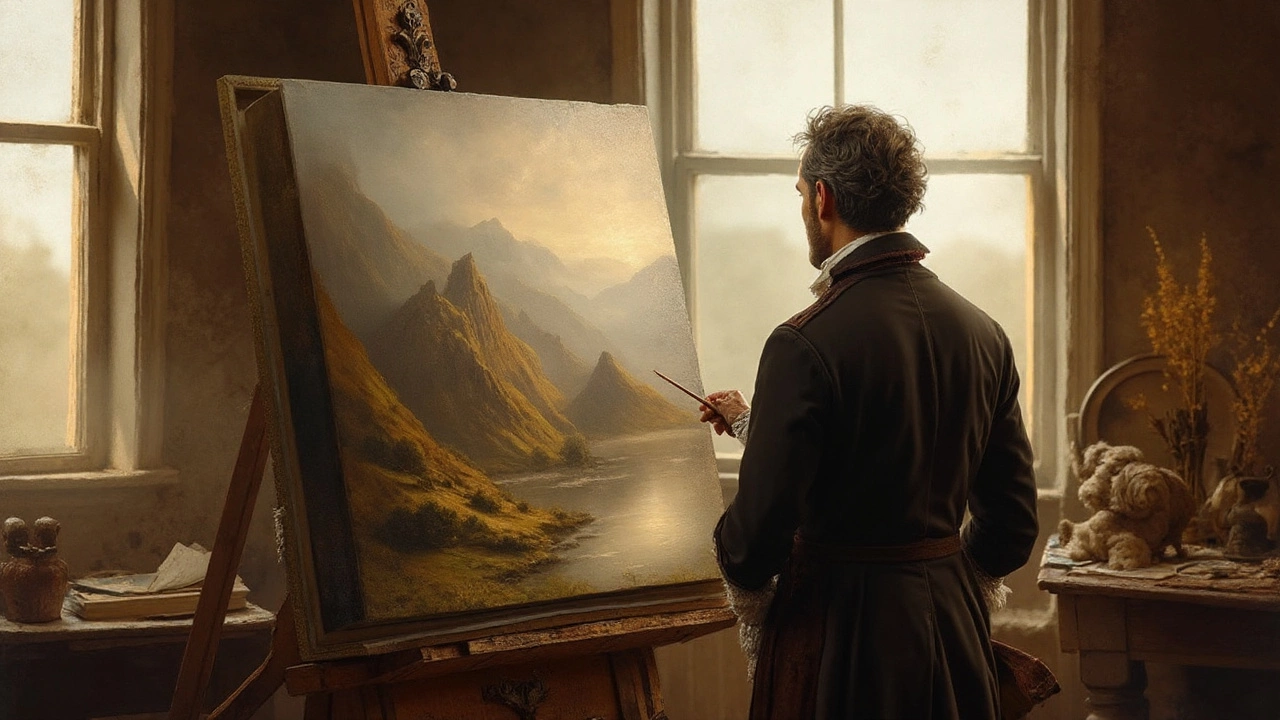
Explore why and how artists add people to landscape paintings, the history, compositional tricks, and practical tips for blending figures with scenery.
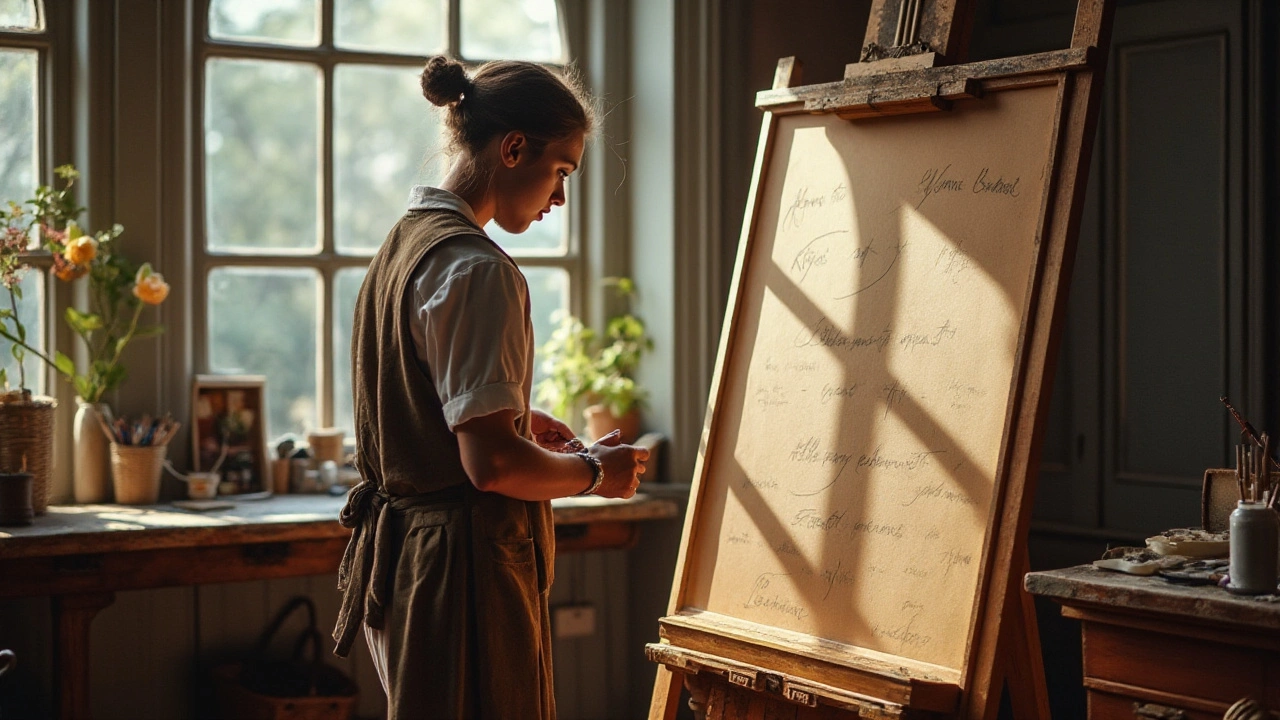
The rule of three is a key concept in art, aiding artists in creating balanced and compelling compositions. In the realm of oil painting, understanding and applying this rule can significantly elevate both the visual appeal and narrative of a piece. The rule involves dividing the canvas into three equal parts, both horizontally and vertically, guiding the placement of elements to enhance focus and interest. This method not only helps in organizing artwork logically but also facilitates the viewer's engagement with the piece. Dive deep into its origins, its practical application, and tips to effectively incorporate it into your painting process.
